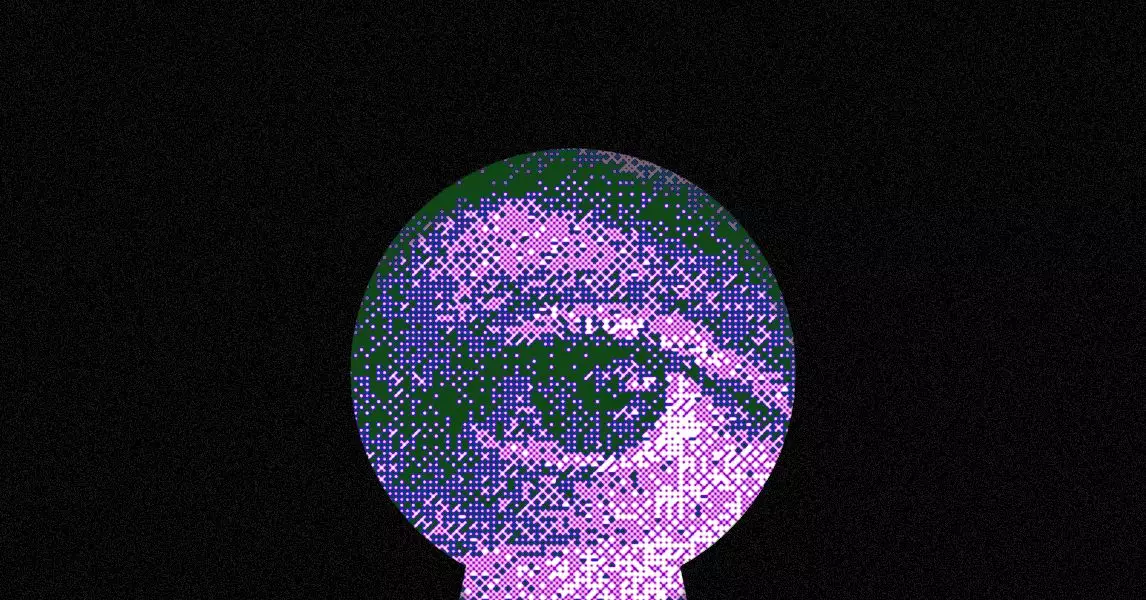In recent years, artificial intelligence has transcended its traditional boundaries, stepping into realms that not only enhance efficiency but also reshape industries. The latest research from UC Berkeley illuminates a powerful development in this trajectory: AI models are emerging as adept bug finders, capable of identifying vulnerabilities that could otherwise remain hidden. This striking advancement marks a significant shift in the cybersecurity landscape, one that heralds both exciting possibilities and substantial risks for the future of digital safety.
Groundbreaking Research: The CyberGym Benchmark
The research team at UC Berkeley devised the CyberGym benchmark, a rigorous testing ground for assessing AI agents’ capabilities in identifying software flaws across 188 expansive open-source codebases. The results were nothing short of revelatory. Among the 17 vulnerabilities unearthed by the AI, 15 were classified as “zero-day” vulnerabilities, thus representing a potentially cataclysmic threat with alarming implications for cybersecurity protocols. Dawn Song, a leading figure in this groundbreaking study, aptly describes this moment as pivotal, noting that the results exceeded their expectations—a testament to the rapid evolution of AI’s role in technical domains.
The findings underscore a critical consideration: while AI has demonstrated an ability to enhance bug detection speeds and accuracy, its double-edged sword nature cannot be dismissed. The same technologies that can fortify systems against breaches can equally embolden malicious actors, complicating the cybersecurity battlefield.
A New Era of Threat and Opportunity
The implications of these findings extend beyond academic intrigue; they signal a transformative period for cybersecurity. Companies such as Xbow have harnessed the potential of AI to develop tools that not only detect vulnerabilities but also maintain their standing atop platforms like HackerOne—a bustling marketplace for ethical hacking. Recently securing $75 million in funding, Xbow’s progression illustrates the confidence investors have in AI’s capacity to revolutionize cybersecurity practices.
However, this transition evokes a spectrum of reactions from industry veterans. On one hand, the automation of vulnerability detection heralds an efficiency that could alleviate the pressure on human cybersecurity experts, allowing them to allocate their resources more strategically. On the other hand, the automation of threat exploitation raises an alarm regarding the democratization of hacking tools—essentially placing once-unattainable capabilities into the hands of amateur hackers with nefarious intent.
The Challenges of Complex Vulnerabilities
While the capabilities of AI in discovering new software flaws are impressive, it is crucial to recognize the technology’s limitations. Although the UC Berkeley research demonstrated AI’s promising aptitude in uncovering previously undetected vulnerabilities, it also revealed challenges in addressing more intricate flaws. The AI systems struggled with particularly complex vulnerabilities, indicating that human intuition and seasoned expertise remain indispensable components of cybersecurity.
The exploratory nature of AI in bug detection makes one ponder the balance between reliance on these systems and traditional methods of security assessment. While AI can conduct extensive checks at an unprecedented scale, the wisdom gleaned from experienced cybersecurity professionals is vital for understanding nuanced security landscapes that AI may overlook.
Future Implications for Cybersecurity
The trajectory of AI in cybersecurity is undeniably set on a path of growth and innovation. Security experts are increasingly leveraging AI to uncover zero-day vulnerabilities, as evidenced by Sean Heelan’s discovery of a flaw in the Linux kernel with the aid of OpenAI’s reasoning model. In tandem, Google’s Project Zero program has similarly employed AI to bring light to undisclosed vulnerabilities, reflecting a broader trend of AI integration in security-related endeavors.
As these technologies flourish, they carry the promise of not only fortifying defenses and streamlining operations but also creating a complex relationship between security and risk. The race between those who defend against breaches and the ones who exploit vulnerabilities will inevitably evolve, perpetuating an ongoing cycle of adaptation and response—a reality for which the cybersecurity sector must prepare diligently.
The quest for a balanced approach to AI’s integration into this sensitive domain continues, as the potential for both remarkable advancements and significant threats loom on the horizon. As we venture further into this uncharted territory, the framework established today will play a crucial role in shaping the standards and practices of tomorrow’s digital ecosystem.


Leave a Reply